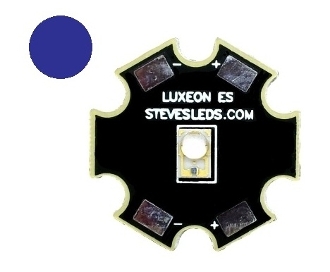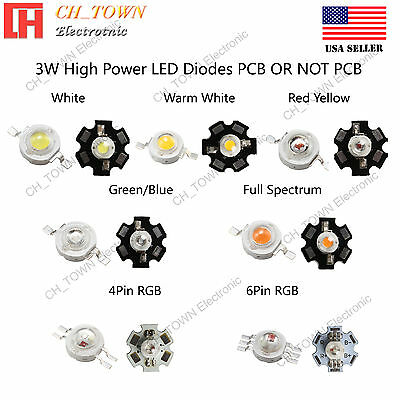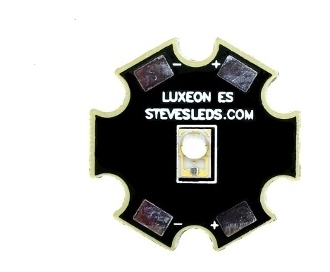Is it better to use...
mix of coool white, red, and green led
or a mix of cool white, neutral white, and warm white?
What’s the ideal led layout? Doing a build, and wanted to know what’s the best color combo “in your opinion”
think king about doing
4 royal blue
3 blue
2 cool white
1 warm white
1 neutral white
1 uv
1 violet
ratio.
not sure if green and red are needed.
Thoughts?
mix of coool white, red, and green led
or a mix of cool white, neutral white, and warm white?
What’s the ideal led layout? Doing a build, and wanted to know what’s the best color combo “in your opinion”
think king about doing
4 royal blue
3 blue
2 cool white
1 warm white
1 neutral white
1 uv
1 violet
ratio.
not sure if green and red are needed.
Thoughts?
























